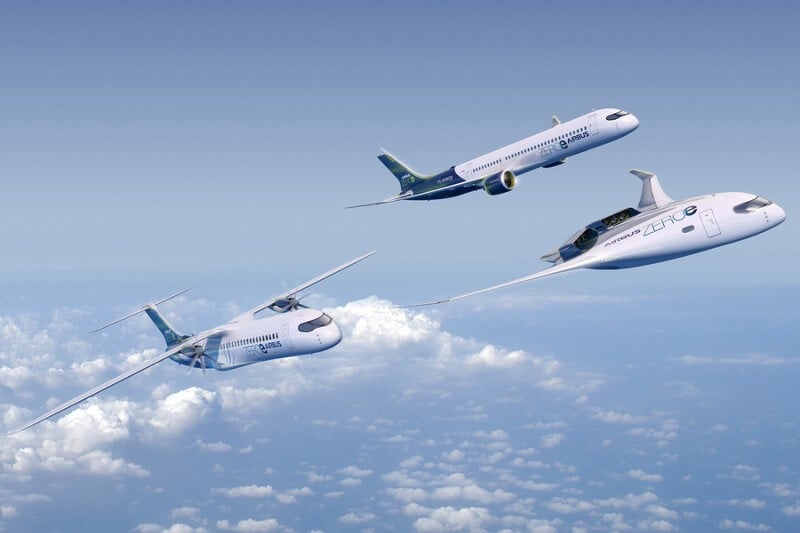Aviation’s carbon emissions could significantly decrease through electrification, but currently, only small all-electric planes are viable.
To electrify larger commercial jets, MIT engineers are developing a 1-megawatt motor as a crucial step towards electrifying larger aircraft. The team has successfully designed and tested the major components of the motor, demonstrating that it can generate one megawatt of power while remaining competitive in terms of size and weight compared to current small aero-engines.
For all-electric applications, the motor can be paired with a power source like a battery or fuel cell to convert electrical energy into mechanical work for propeller propulsion. Alternatively, it can function as a hybrid propulsion system when combined with a traditional turbofan jet engine, providing electric propulsion during specific flight phases.
Zoltan Spakovszky, the project lead and a professor at MIT, highlights the significance of megawatt-class motors as a key enabler for making aviation more environmentally friendly, regardless of the energy carrier used. The MIT team, in collaboration with industry partners, will present their work at the American Institute of Aeronautics and Astronautics – Electric Aircraft Technologies Symposium.
The MIT researchers have created a compact, lightweight, and powerful motor. Its components include a high-speed rotor with magnet arrays, a low-loss stator with intricate copper windings, an advanced heat exchanger for cooling, and a distributed power electronics system that precisely controls currents through the windings. The integrated design optimizes considerations such as thermal management, rotor dynamics, power electronics, and electrical machine architecture to achieve the desired specific power output of one megawatt.
To mitigate risks, the team has tested each major component individually and demonstrated their ability to operate as intended. They plan to assemble and test the fully functional electric motor in the coming months.
Once proven successful, the motor’s design can power regional aircraft or complement conventional jet engines in hybrid-electric propulsion systems. Multiple one-megawatt motors could even distribute power to multiple fans along the wings of future aircraft configurations. Looking ahead, the foundations of this one-megawatt motor design could potentially be scaled up for larger passenger planes.
Spakovszky emphasizes the importance of addressing the climate challenge and MIT’s multidisciplinary approach to reinventing themselves in new areas, including electrical engineering, to achieve the 2050 climate goals.


